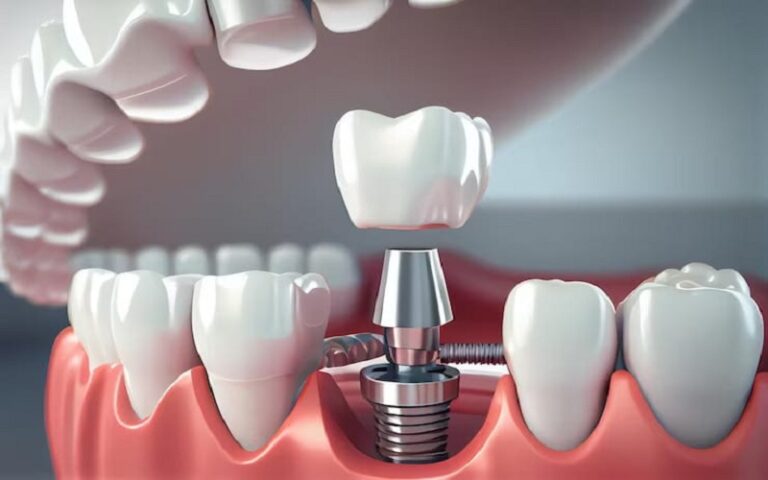Hearing loss is a complicated and varied disorder that affects people of all ages. As technology progresses, hearing aids grow more complex, providing personalised treatments for certain types of hearing loss. In this post, we’ll look at the many forms of hearing loss and how choosing the correct hearing aids, like those offered by Starkey, may make a huge impact in improving auditory experiences.
1. Sensorineural Hearing Loss
The most popular kind of hearing loss is sensorineural, which happens when the inner ear or auditory nerve is damaged. This form of hearing loss is usually caused by ageing (presbycusis), although it can also be caused by loud noise exposure, heredity, or certain drugs. Individuals with sensorineural hearing loss may struggle to perceive faint noises and find speech unintelligible, even when the volume is high enough. Starkey hearing aids, noted for their superior technology, may be designed to treat particular frequency deficits associated with sensorineural hearing loss, resulting in a more personalised solution.
2. Conductive Hearing Loss
Conductive hearing loss occurs when sound waves cannot reach the inner ear owing to issues in the outer or middle ear. Ear infections, earwax accumulation, and ear canal or eardrum difficulties are all potential causes. In situations of conductive hearing loss, hearing aids, such as those manufactured by Starkey, can be useful in enhancing sound and correcting for poor sound transmission through the middle or outer ear.
3. Mixed Hearing Loss
Mixed hearing loss consists of both sensorineural and conductive hearing loss. Mixed hearing loss affects both the inner and outer/middle ears. The precise kind and degree of the mixed hearing loss determine treatment choices, which may include hearing aids. Starkey hearing aids, with their customisable features, may be tailored to meet the specific set of challenges associated with mixed hearing loss.
4. High-Frequency Hearing Loss
High-frequency hearing loss often impairs the capacity to detect high-pitched noises. It is typically connected with ageing, although it can also be caused by extended exposure to loud noises or medical issues. Many hearing aids frequently have sophisticated frequency-lowering technology, which transfers high-frequency sounds to lower frequencies where they may be more detectable, helping those with high-frequency hearing loss to perceive these sounds more effectively.
5. Low-Frequency Hearing Loss
Conversely, low-frequency hearing loss impairs the capacity to hear low-pitched noises. Genetics, medical problems, or exposure to certain drugs might cause it. While less frequent than high-frequency hearing loss, it poses distinct issues. Some hearing aids may be designed to selectively enhance low-frequency sounds, meeting the unique needs of those who have this type of hearing loss.
6. Sudden Hearing Loss
Sudden hearing loss can develop quickly, usually in one ear, necessitating emergency medical intervention. Viral infections, brain trauma, and blood circulation disorders are all potential causes. In circumstances when medical intervention does not totally restore hearing loss, hearing aids, such as those manufactured by Starkey, can play an important role in enhancing communication and quality of life.
7. Hearing Loss From Ageing
Age-related hearing loss, also known as presbycusis, is a progressive loss of hearing that happens as people age. It is usually sensorineural and affects both ears. Starkey hearing aids are developed to solve the unique problems of age-related hearing loss, with features like noise reduction and speech enhancement that increase clarity in a variety of listening conditions.
Conclusion
Understanding the various forms of hearing loss is critical for choosing the right hearing aids. Starkey hearing aids, which are recognised for their innovative technology and commitment to individualised solutions, provide various functions to meet the unique needs of people with different types and extents of hearing loss. Whether sensorineural, conductive, or a mix of the two, Starkey’s sophisticated hearing aids improve auditory experiences, allowing people to reconnect with the sounds surrounding them and improve their overall quality of life.












+ There are no comments
Add yours